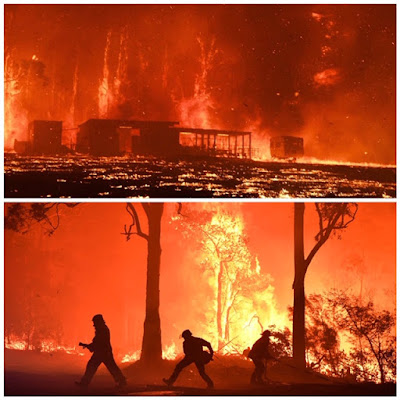pH is the measure of the acidity or basicity (alkalinity) of an aqueous solution.
Pure water is neutral and has a pH of 7.0
Solutions with a pH of less than 7.0 are acidic, more than 7.0 are alkaline.
In wine production we usually work with pH levels between 3.0 and 4.0
In practice white wine should have a pH between 3.1 and 3.4 and red wines 3.3 to 3.6
Why is this so important?
From a drinking point of view, acidity accentuates the fruitiness and balance of wine.
However from a oenological point of view, the 'correct' acid levels have a bearing on the antimicrobial and antioxidant properties of the sulphur dioxide that is added to the wine as well as encouraging growth of desirable micro organisms, inhibiting microbial spoilage and aiding in the clarification process.

While sulphur dioxide is added to wine, it's the molecular sulphur content of the 'free portion' of that addition, as opposed to the 'bound portion', that is most affective.
The amount of molecular sulphur is dependent on acidity
Therefore simply put, the lower the pH, the more molecular sulphur is available to do its work.
Our wine region is considered 'warm' in viticultural terms.
This means the grapes ripen relatively rapidly with an associated degradation of acid.
In general all our grape juice, in particular the reds, can have a low acidity in wine terms (pH of around 3.5 to 4.0) at harvest. And pH becomes even higher during the fermentation process as well as after malolactic fermentation.
In Australia we are allowed to add acid to compensate for this.
So to get our juices and ultimately our wine to the correct pH level, tartaric acid is added. This acid is a natural acid component of the grape juice in any case.
But we need to know first what the pH of the wine is.
This is done with a pH meter.
There are some pretty sophisticated pieces of equipment around but we use a basic hand held unit.

First job is calibration. This is carried out using two commercial solutions of known pH, in our case, 4.0 and 7.0.
Once the unit is calibrated, the wines are tested.
Then, when the pH is known then, we can estimate the amount of acid to be added.
And I mean estimate.
There is no formula relating to acid addition and pH drop due to the '
buffering' capacity of wine which we wont go into here.
So it's a matter of adding acid in progressive amounts from 4 to 1 g/L until the required level is achieved. Doing a test run on a 1L sample initially will give some indication however.
The acid is dissolved into a minimum amount of water and added to the wine.
So I did this with three of the four 2011 wines as the Semillon at pH 3.4 was ok.
After a few hours or so I tested them again. And as usual they all needed more.
So the task was repeated until satisfactory levels were reached.
So what about titratable acidity (TA) I hear some of you ask.
I can say I used to do it but eventually questioned the necessity so now rely on pH (and my palate) only.























